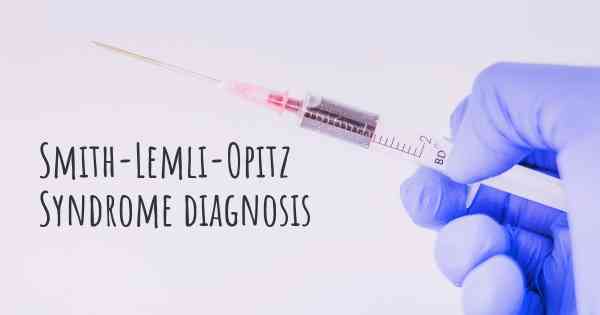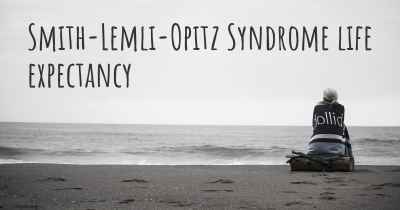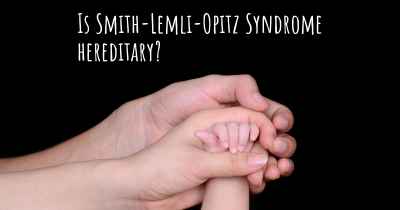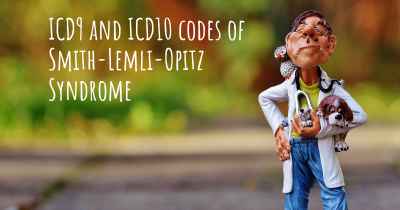How is Smith-Lemli-Opitz Syndrome diagnosed?
See how Smith-Lemli-Opitz Syndrome is diagnosed. Which specialists are essential to meet, what tests are needed and other useful information for the diagnosis of Smith-Lemli-Opitz Syndrome

Diagnosis of Smith-Lemli-Opitz Syndrome
Smith-Lemli-Opitz Syndrome (SLOS) is a rare genetic disorder that affects the body's ability to produce cholesterol. It is caused by mutations in the DHCR7 gene, which is responsible for producing an enzyme called 7-dehydrocholesterol reductase. This enzyme is essential for the synthesis of cholesterol, a vital component of cell membranes and a precursor for many important molecules in the body.
Diagnosing SLOS can be challenging due to its wide range of symptoms and the variability in its presentation. However, there are several key diagnostic methods that healthcare professionals use to identify individuals with this syndrome.
Clinical Evaluation
The first step in diagnosing SLOS is a thorough clinical evaluation. A healthcare provider will review the patient's medical history and conduct a physical examination. They will look for characteristic features associated with SLOS, such as distinctive facial features (including a small head, widely spaced eyes, and a flat nasal bridge), limb abnormalities, and growth delays. The presence of these physical traits can raise suspicion for SLOS and prompt further testing.
Biochemical Testing
Biochemical testing plays a crucial role in diagnosing SLOS. One of the hallmark findings in individuals with SLOS is an elevated level of a compound called 7-dehydrocholesterol (7-DHC) in their blood. This can be measured through a simple blood test. Elevated levels of 7-DHC, along with reduced levels of cholesterol, strongly suggest the presence of SLOS.
Additionally, the ratio of two specific sterols, 7-DHC to cholesterol, can be calculated to provide further evidence for a diagnosis. In individuals with SLOS, this ratio is typically significantly higher than in unaffected individuals.
Genetic Testing
Genetic testing is the most definitive method for diagnosing SLOS. It involves analyzing the patient's DNA to identify mutations in the DHCR7 gene. This can be done through various techniques, including sequencing the entire gene or targeted testing for known mutations.
Genetic testing not only confirms the diagnosis of SLOS but also helps determine the specific mutation present in an individual. This information can be valuable for genetic counseling and predicting the severity of the syndrome.
Prenatal Diagnosis
In some cases, SLOS can be diagnosed prenatally. This is typically done through chorionic villus sampling (CVS) or amniocentesis, which involve obtaining a sample of fetal cells for genetic testing. Prenatal diagnosis allows parents to make informed decisions about the pregnancy and prepare for the care of a child with SLOS.
Other Diagnostic Considerations
It is important to note that SLOS shares some similarities with other genetic disorders, such as certain types of congenital adrenal hyperplasia and other cholesterol synthesis disorders. Therefore, it is crucial to rule out these conditions through additional testing, including hormone analysis and further genetic studies if necessary.
Conclusion
Diagnosing Smith-Lemli-Opitz Syndrome involves a combination of clinical evaluation, biochemical testing, and genetic analysis. The presence of characteristic physical features, elevated levels of 7-DHC, and genetic mutations in the DHCR7 gene are key indicators of SLOS. Prenatal diagnosis can also be performed in some cases. Early and accurate diagnosis is essential for appropriate medical management, genetic counseling, and support for individuals and families affected by this rare genetic disorder.








